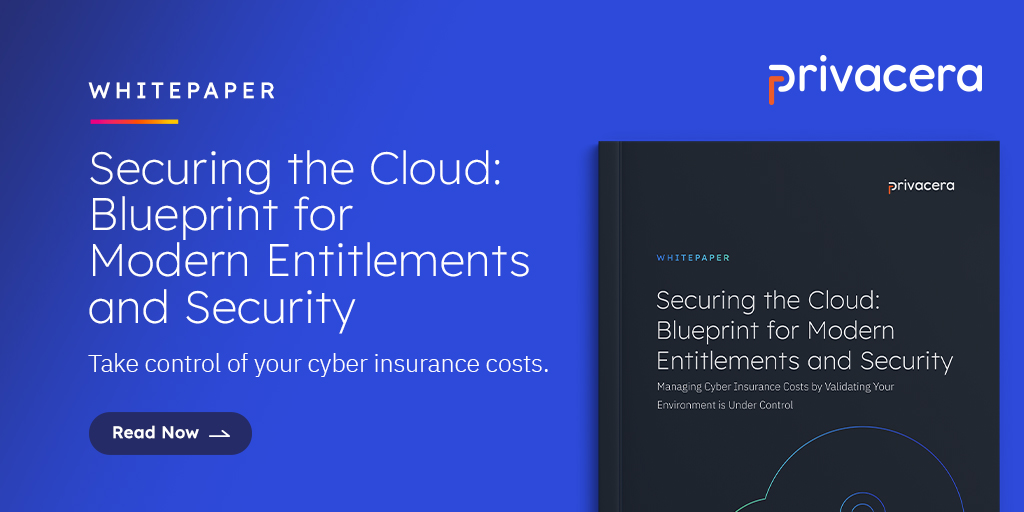The amount of data created today is staggering. According to IDC, the overall global data sphere reached 64 zettabytes in 2020. A zettabyte is the equivalent of 660 billion Blu-ray discs, 33 million human brains, or 330 million of the world’s largest hard drives.
Of course, not all of that data is flowing into your enterprise systems, but a lot of it is, and a large percentage of it is sensitive. Sensitive data (e.g., social security numbers, ethnicity demographics, credit card information, etc.) requires some level of protection or governance, as it falls under governmental compliance regulations, or your enterprise’s internal data usage requirements. With the volume of data created every day (by transactional systems, the Internet of Things, social media, and more ), determining what data qualifies as sensitive is a daunting task. Before the era of Big Data, it was possible to manually identify sensitive data flowing into enterprise systems and view sensitive data stored within data infrastructures. But with the sheer volume of data created and stored today across numerous sources, manual efforts won’t suffice.
In today’s complex digital world, enterprises must embrace machine learning and automation to understand and secure sensitive data. With an AI-enabled solution like Privacera Data Discovery, enterprises gain a comprehensive view of data lineage, data types, and locations to support use cases like accelerated cloud data migration, data democratization for analytics, or regulatory compliance automation. Privacera Data Discovery, coupled with Privacera Access Manager and Privacera Encryption Gateway, maximizes the visibility and security of data with a 3-step approach:
- First, the data discovery module scans all data as it enters enterprise databases, analytics services, and other storage environments, both on-premises and in the cloud.
- It then applies machine learning models to recognize and tag sensitive data at near real-time.
- And, finally, it automatically creates a sensitive data catalog to provide a unified view of all sensitive data and related classifications stored across all enterprise systems.
Discovering, classifying, and cataloging sensitive data is critical to successfully govern and secure data. If you don’t know what sensitive data you have or where it is stored, it’s nearly impossible to create and enforce smart access controls and comply with internal and external regulations.
Privacera Data Discovery identifies sensitive PI/PII information in both structured and unstructured data, and it can also uncover masked or encrypted sensitive data based on enterprise use cases. All sensitive data classifications sync with Privacera Access Manager, enabling fine-grained access control at the database table, file, row, and column levels for various data sources. Privacera Discovery is available on both SaaS and on-premises platforms.
How It Works: Data Discovery and Classification with Privacera
Let’s take a look at the scenario below to understand how Privacera’s discovery and classification capabilities work. Note:
- The Privacera portal is used to start the scanning process, so users can see classifications and tags
- Under Settings, the discovery and configuration tabs can be found
On the left panel, you can see Discovery and its associated actions. In this scenario, we are scanning an AWS S3 bucket. In the Action on the screen, clicking the “Scan Resource” command will start the Data Discovery process.
Privacera Data Discovery also supports a large number of RDBMS, various file formats, as well as cloud storage–all out-of-the-box. Additionally, Privacera Discovery has connectors for Databricks, Starburst Enterprise, Open Source Trino, CDH, and EMR.
When users see “success,” the Discovery Scan is complete. All sensitive elements are classified and appropriately tagged.
Users can view classification results displayed, as well as associated tags. The classification result shows from the scan we initiated and the resulting tags are displayed.
Upon the completion of these 3 simple steps, you are able to create a sensitive data catalog to gain single-pane visibility for simplified management, compliance assessment, auditing and reporting of sensitive information.
Learn more about Privacera here or contact us to schedule a call to discuss how we can help your organization meet its dual mandate of balancing data democratization with security to maximize business insights while ensuring privacy and compliance.





